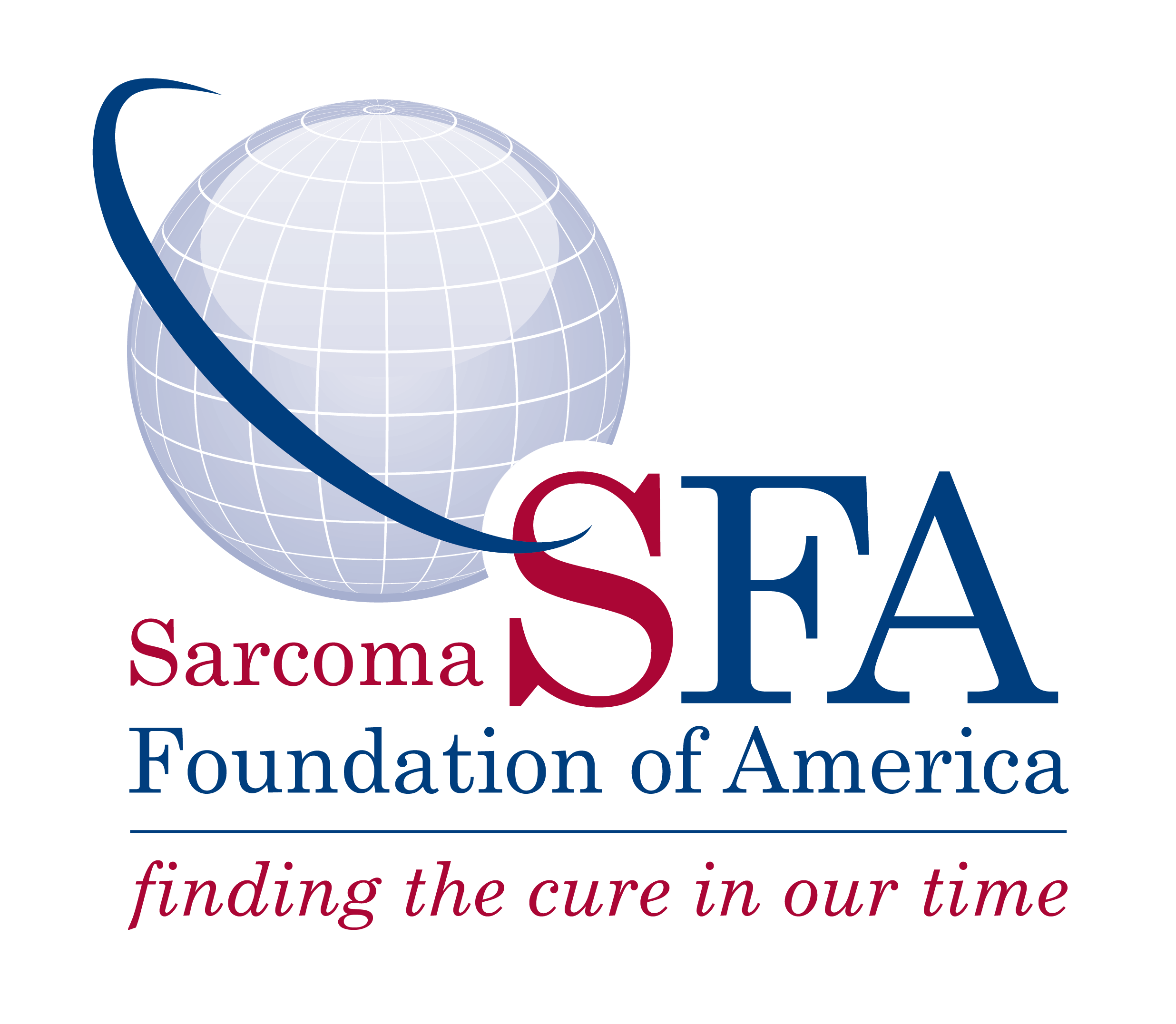The Role of MYC Amplification in Shaping the Osteosarcoma Tumor Microenvironment
Osteosarcoma (OS) is the most common primary bone tumor in children and adolescents, comprising 3-5% of all pediatric cancers. Overall survival rates for high-grade OS in the pediatric population are only ~60% and have remained the same over several decades despite advances in medical management. Studies have shown that MYC amplification in OS is associated with higher tumor grade, increased likelihood of metastasis, and lower 5-year survival of patients. In other cancers, MYC alters the way cells replicate which leads to unconstrained cellular growth and increased tumor burden. MYC may also profoundly suppress the immune system’s attempt to kill the tumor. In a lung cancer model in mice, researchers activated MYC and found increased suppressive tumor-associated macrophages that prevent the immune system from recognizing the tumor as foreign, a decrease in protective cytotoxic T cells, and an increase in blood vessel formation to nourish tumor cells. Despite nearly 80% of OS exhibiting MYC amplification, the effect of MYC on OS immune microenvironment is unknown. Under an approved protocol, we will identify a total of 50 human OS samples, including 25 MYC-amplified and 25 wild-type OS from our pathology archives at the Children’s Hospital of Colorado and the University of Colorado Hospital for immune microenvironment studies. All samples will be reviewed for adequacy by our pathologist, Dr. Michael Clay. We will then analyze quality samples using FISH to determine MYC copy number. Further analysis with previously validated multiplex immunofluorescent staining panels and quantitative whole slide image analysis will be performed to determine the presence, density and function of multiple immune and stromal cells in the tumor and compare differences in MYC-amplified and wild-type samples. Nanostring gene expression analysis will also be performed to more specifically characterize the functional orientation of the tumor immune microenvironment, determine correlates between immune gene expression and infiltrating cell types, and delineate differences in tumor signaling pathways. Our overall hypothesis is that MYC amplification promotes an immune suppressive microenvironment in OS. By obtaining this critical pilot data evaluating the immune microenvironment in OS, we hope to gain insight into potential immunotherapeutic targets within MYC-amplified OS tumors. Our long-term goal is to evaluate MYC amplification as a biomarker for OS likely to respond to immunotherapy, and to develop rationally targeted immunotherapy combinations for these higher-risk patients.

